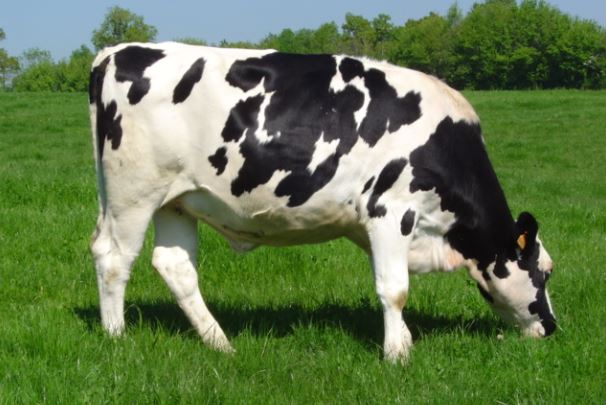×
The Standard e-Paper
Truth Without Fear

A few weeks ago I got an encouraging email from a dear reader. Grace says Smart Harvest is her teacher on matters dairy. Grace says thanks to educative articles on Smart Harvest she bought an in-calf heifer and now she needs more information on how to take care of her new catch. Like Grace, most farmers start-off with an in-calf heifer.